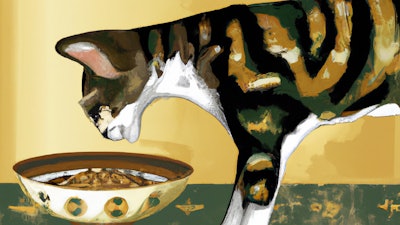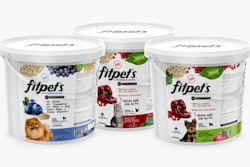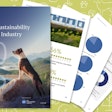
In 2022, companies in Cascadia Capital’s index of publicly traded pet industry stocks reached record revenues. However, rising material and supply chain costs challenged those companies’ earnings. As pet food companies’ revenue growth slowed during the year, input costs continued to rise.
“These headwinds resulted in meaningful public stock price compression, with our index declining 9.6%, relative to an increase of 0.4% in the S&P 500,” Cascadia’s analysts wrote in their report “Pet Industry Overview: Spring 2023.”
Cascadia’s index of publicly traded pet industry stocks includes Nestlé, J.M Smucker, Chewy, FreshPet, Central Garden and Pet Company, Neogen, Virbac and Zoetis, along with other pet care, veterinary and insurance companies. Cascadia Capital is an investment bank and advisory firm based in Seattle, Washington, USA.
In the second half of 2022, revenues for indexed companies grew 3.2%, compared to 12.9% in the second half of 2021. At the same time adjusted earnings for businesses in the index declined 9.6% in the second half of 2022, compared to a 30.5% decline in the second half of 2021.
Pet food industry economics in 2023
In 2023, the pet food industry faces a similar economic situation. While revenues continue to increase, those gains may largely result from price inflation. Pet food prices have outpaced increases in the overall consumer price indexes. Relevant producer price indexes suggest that prices for pet food manufacturers will continue to rise in the rest of 2023. The producer price indexes have risen for meat from carcasses, rendered and meat by-products, and transportation and warehousing.


















